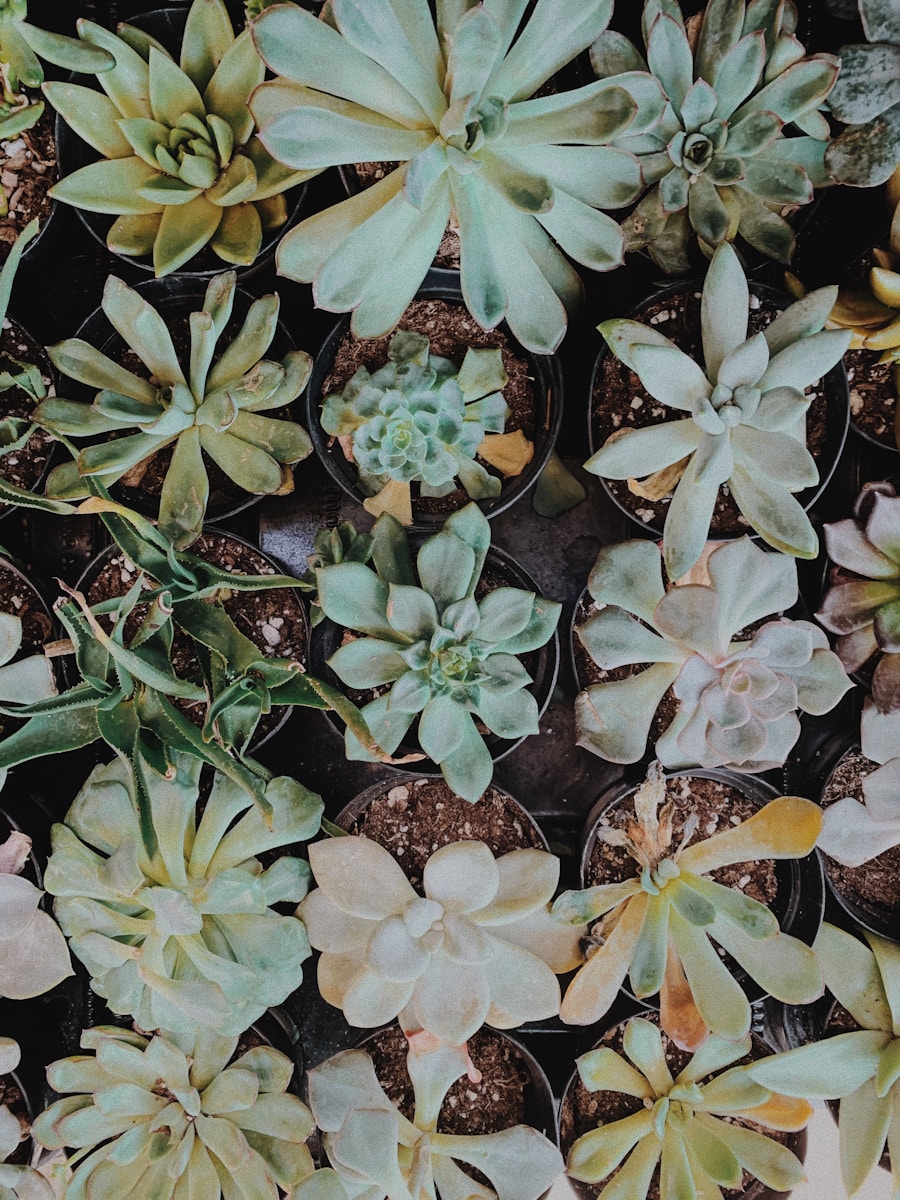Winter can be tough on indoor plants. Many folks struggle to keep their green friends happy during the cold months. Did you know that most houseplants slow down their growth in winter? Don’t worry! This article will show you easy ways to care for your plants when it’s chilly outside.
Get ready to learn some cool plant tricks!
Adjusting Water and Humidity Levels
Winter can be tough on indoor plants. They need less water but more humidity to thrive.
Reduce watering frequency
Plants need less water in winter. Most indoor plants only want water every 2-3 weeks during cold months. This big change helps keep roots healthy. Too much water can make roots rot.
It’s safer to give less water than too much.
Check the soil before you water. Stick your finger about an inch deep. If it feels dry, it’s time to water. You can also use a tool called a moisture meter. Some plants, like succulents, can go even longer without water.
They might only need a drink every 3-4 weeks. ZZ plants are super tough and may only need water once a month in winter.
Increase surrounding humidity
Indoor plants need more moisture in winter. Dry air can hurt their leaves. You can group plants together to raise humidity. This works because plants give off water vapor. Another easy fix is to use pebble trays.
Put water in a tray with pebbles and set your plant on top. The water will slowly turn to vapor and make the air around your plant wetter.
A humidifier is the best way to add moisture to the air. It can keep the humidity at 40-50%, which is perfect for most plants. Dry indoor air in winter is often only 10-20% humid. That’s too low for happy plants.
Bathrooms and kitchens naturally have more humid air. You could move some plants there for the winter if they like lots of moisture.
Optimizing Light and Temperature
Winter can be tough on indoor plants. They need the right light and temp to stay happy. Let’s look at how to keep your green friends cozy when it’s cold outside.
Maximize light exposure
Plants need more light in winter. Move them closer to windows to get more sun. Clean your windows too. This lets more light reach your plants. If you don’t have enough natural light, use grow lights.
Sansi 24-watt or two 15-watt grow lights work well. Turn them on for 12-14 hours each day.
Light helps plants grow. Dust off your plant’s leaves so they can soak up more light. This helps them make food. You can also paint your walls a light color. Light walls bounce more light to your plants.
Every bit of extra light helps your indoor garden thrive during the dark winter months.
Maintain consistent temperatures
Indoor plants like steady temps. They do best when days are 65-75°F and nights stay above 50°F. Keep your green friends away from cold spots, heaters, and air vents. These can stress them out.
Think of your plants as Goldilocks – not too hot, not too cold, just right!
Changing seasons mean you need to change how you care for plants. It’s like dressing for the weather. In winter, you might need to move plants or adjust your home’s heat. This helps keep your leafy pals comfy all year long.
Happy plants mean a happy home!
Plant Maintenance During Winter
Winter can be tough on your indoor plants. A little extra care goes a long way in keeping them happy and healthy during the cold months.
Clean foliage to enhance photosynthesis
Clean leaves help plants make food better. Dust on leaves blocks light, so plants can’t grow well. Use a soft, damp cloth to wipe leaves gently. This lets more light reach the plant.
Clean leaves use light more easily in winter when it’s darker. Don’t forget to clean your windows too. Clear windows let in more light for your plants. This simple task can make a big difference in how healthy your plants are.
Postpone fertilizing until spring
Hold off on feeding your indoor plants during winter. Most houseplants take a break from growing in cold months. They don’t need extra food then. Wait until spring to start fertilizing again.
This matches their natural growth cycle.
Some tropical plants might need a little food in winter. You can use the “Weakly Weekly” method for these. It means giving them a small amount of fertilizer each week. But for most plants, it’s best to wait.
New plants from stores often have slow-release fertilizer in their soil already. So, don’t feed them for a few months after you buy them.
Prepping Your Garden for Spring Planting
Winter is the perfect time to plan your spring garden. Even if it’s cold outside, you can start getting ready. Order seed catalogs and think about how you want your garden to look.
It’s smart to draw a map of where you’ll put different plants. This helps you use your space well.
Take care of your garden now to make spring easier. Cut off any parts of plants that look sick. Put mulch around plants that might get hurt by the cold. If you want to grow trees, bushes, or flowers that come back every year, plant them now.
They need more time to grow big and strong. Next, let’s wrap up our tips for indoor plant care in winter.
Bottom line
Indoor plants need our help to thrive in winter. With a few simple steps, you can keep your green friends happy. Less water, more light, and steady warmth are key. Don’t forget to clean their leaves and skip the plant food.
Your plants will thank you come spring!

